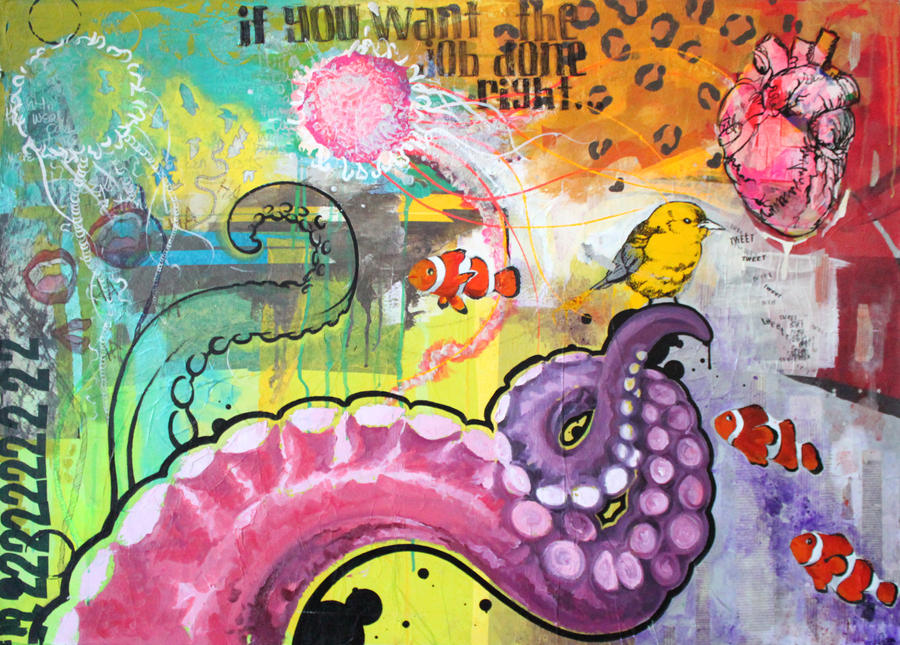“A meme is an idea, behavior, or style that spreads from person to person within a culture. A meme acts as a unit for carrying cultural ideas, symbols, or practices that can be transmitted from one mind to another through writing, speech, gestures, rituals, or other imitable phenomena with a mimicked theme. Supporters of the concept regard memes as cultural analogues to genes in that they self-replicate, mutate, and respond to selective pressures.”
–http://en.wikipedia.org/wiki/Meme
Who are we? And why do we exist? I often question whether each of us is truly unique. We define ourselves through the way we dress, the actions we perform, the friends we make, or the way we think. Yet how much of this self-definition actually caught on to the people around us? A criminal who is a loving family desperate to make ends meet. A hero who is secretly a tyrant. A girl who is actually a guy. There are always two sides on a coin. But only one side can be visible at any one time. Whatever goes on behind the scene is hidden to us. It is impossible to define everyone for who they truly are. Thus, we define people around us with what we know about them and vice-versa. In other words, our very own existence define by memes.
Internet meme is one of the most popular term in Third Space. Internet memes tend to be cheeky images or catchphrases that serve to only entertain. When we discuss internet meme we thought of Nyan Cat or the Forever Alone Guy. But memes can also refer to the concepts of subliminal messages, open sources scripts, shareware, adverts, or personal avatar. Memes practically define what the internet is. As long as we are using the internet, we can never escape from exposure to memes. Memes are what help us identify the websites we are visiting, the people we met online, the program we use, etc.
You know this video is going to waste your time thanks to meme.
Without meme, the internet will be a blank dimension. Without meme, each of us will be walking without faces.
My idea for the collaborative project is for everyone in the class to define each other using memes. We will use images, videos, codes — anything we can find in the internet to define our peers. Each of us is going to be cyber Da Vinci. Our canvas is the internet, and our paint brushes the memes. The product of this project will be a gallery of portraits in the Third Space.
Some artist choose to use rap music and abstract ideas to identity themselves.
 Some uses abstract grafitti.
Some uses abstract grafitti.







